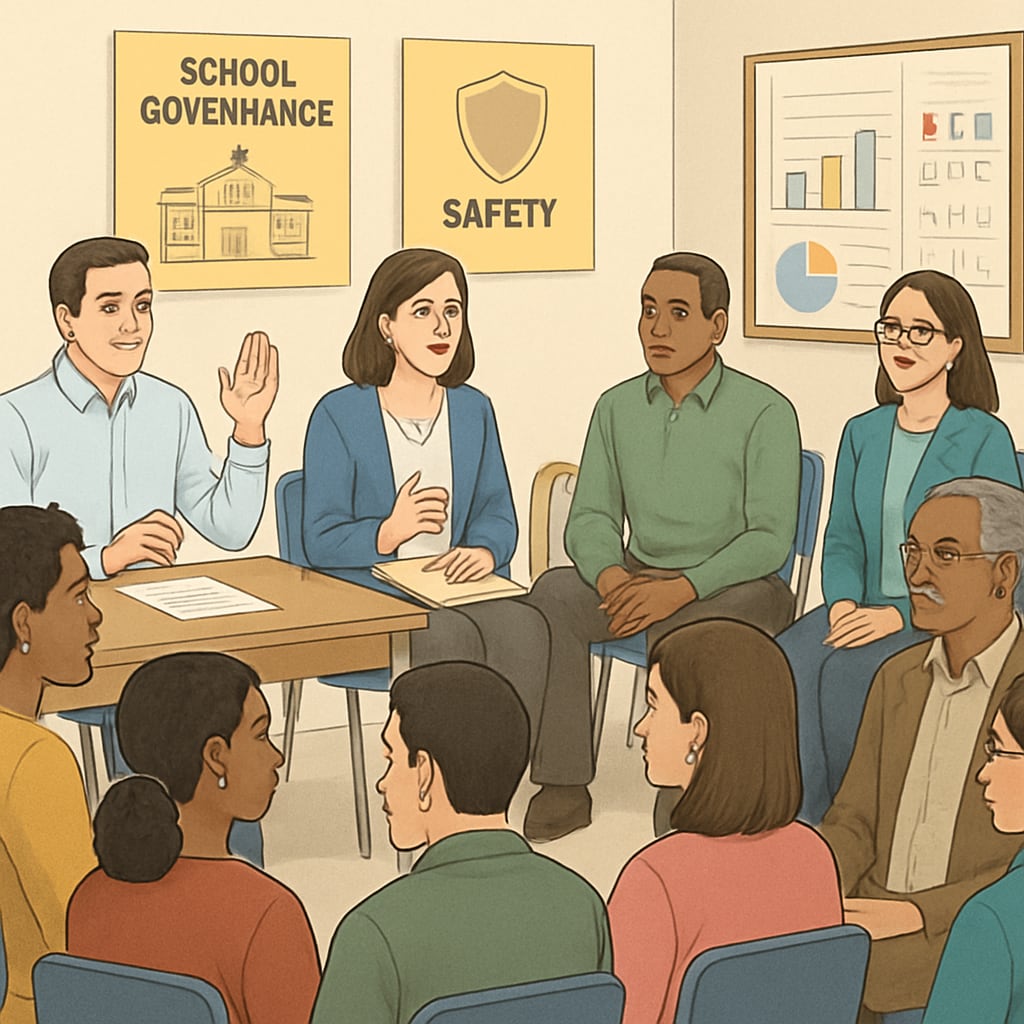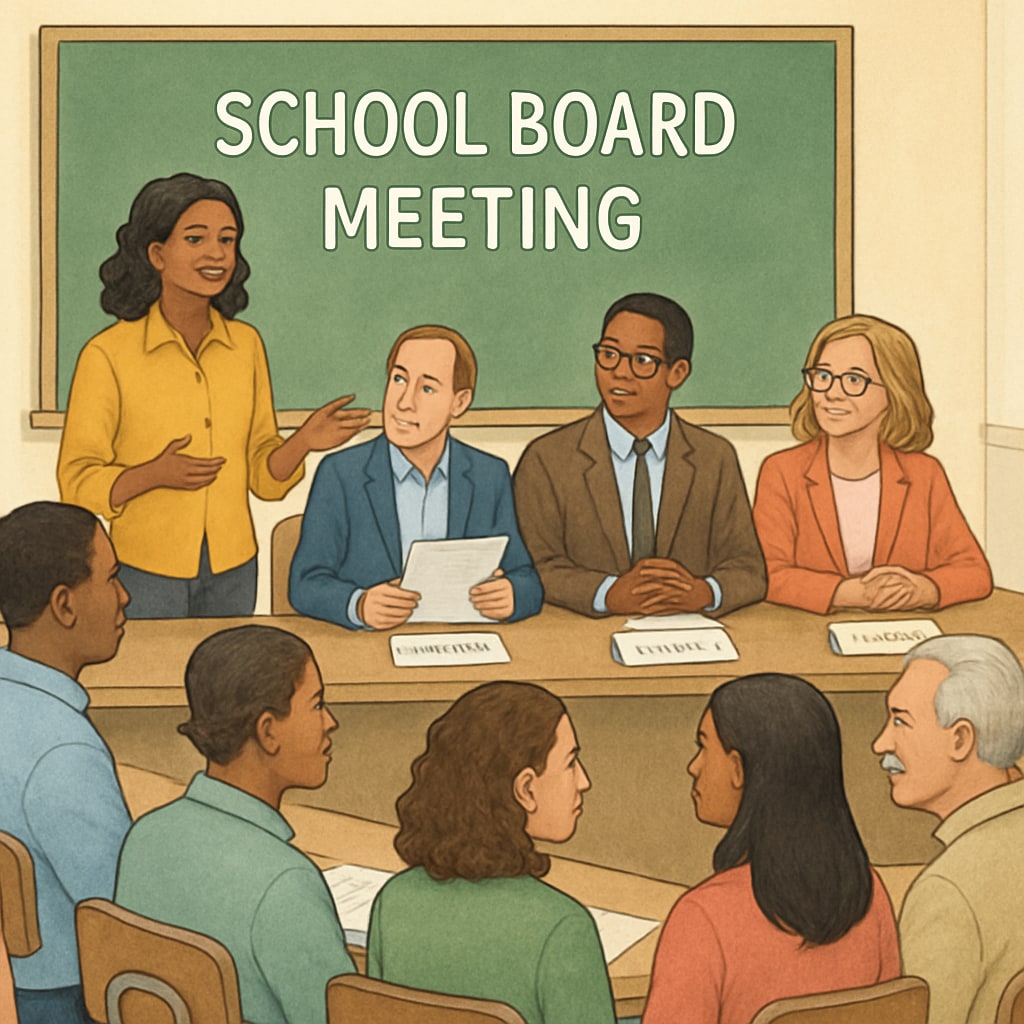When individuals with a history of child abuse are elected or appointed to school boards, it raises serious concerns about child safety, school governance, and community well-being. Communities must navigate this delicate issue, balancing the need for effective educational management with the imperative to protect students. This article addresses the gravity of the situation and provides a roadmap for community action to ensure both safety and fairness within the education system.
The Challenge of School Boards and Child Safety
School boards play a critical role in shaping the educational environment, but their decisions also directly impact student welfare. The presence of someone with a child abuse record in such a position can erode trust and pose risks. While these individuals may have served their legal sentences, their involvement in school governance raises questions about whether their past actions disqualify them from contributing to institutions focused on children.
For example, the concern is not only about direct harm but also about the potential normalization of such histories in positions of authority. This could undermine the broader child protection framework that schools are expected to uphold.

To address this, communities must understand the legal and ethical implications of allowing such individuals to serve. Policies regarding background checks, transparency, and eligibility criteria for board positions should be evaluated and, if necessary, strengthened to prioritize student safety.
Legal and Ethical Considerations
Every jurisdiction has its own laws governing eligibility for school board membership. In some areas, past criminal convictions, including child abuse, may not automatically disqualify someone. This legal ambiguity places the responsibility on communities to advocate for stricter regulations.
Ethically, schools are entrusted with the care and development of children. Allowing someone with a history of child abuse to influence educational policies sends conflicting messages about the values schools intend to uphold. As a result, many communities have pushed for reforms that prioritize transparency and accountability.
For example, advocacy groups often recommend mandatory disclosure of criminal records for board candidates. This ensures that voters or appointing bodies can make informed decisions. Additionally, some states have implemented “moral fitness” clauses, which assess candidates’ suitability based on their past actions and current behavior.
Community Action: A Roadmap for Change
Communities play a vital role in creating safer school environments. Here are specific actions they can take:
- Advocate for Policy Reform: Push for stricter background checks and eligibility criteria for school board positions. This may include lobbying local governments or school districts to adopt new guidelines.
- Raise Awareness: Hold town hall meetings to discuss the implications of allowing individuals with child abuse records to serve on school boards. Public awareness can drive collective action.
- Leverage Parent-Teacher Associations (PTAs): PTAs can serve as powerful platforms to organize and voice concerns. They can also collaborate with local advocacy groups to amplify their impact.
- Monitor Board Activities: Regular attendance at school board meetings allows community members to oversee decisions and hold members accountable.
- Encourage Whistleblowing: Establish safe channels for reporting any behavior or decisions that compromise student safety.
By taking these steps, communities can ensure that their schools remain safe and uphold the highest standards of governance.

Balancing Second Chances and Student Safety
One of the most challenging aspects of this issue is balancing the principle of rehabilitation with the need for child protection. While society supports reintegration for individuals who have served their sentences, school boards may not be the appropriate platform for such opportunities, given their focus on children.
As communities grapple with these dilemmas, they must prioritize transparency, fairness, and the well-being of students. Open dialogue and inclusive decision-making can help address concerns while respecting the rights of all parties involved.
In conclusion, the presence of individuals with child abuse records on school boards is a complex and sensitive issue. However, by taking proactive steps such as advocating for policy changes, raising awareness, and fostering community involvement, residents can ensure that their schools remain safe and focused on nurturing future generations. Protecting students must always remain the top priority.
Readability guidance: This article uses short paragraphs, active language, and clear transitions to ensure accessibility. Lists and headings break down complex ideas into digestible sections. Overuse of passive voice and long sentences has been avoided to maintain clarity.


